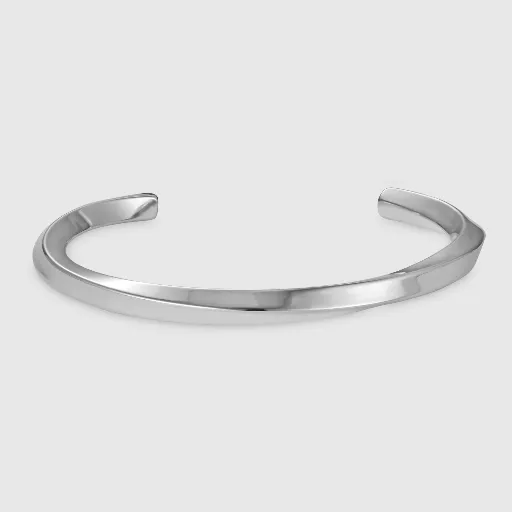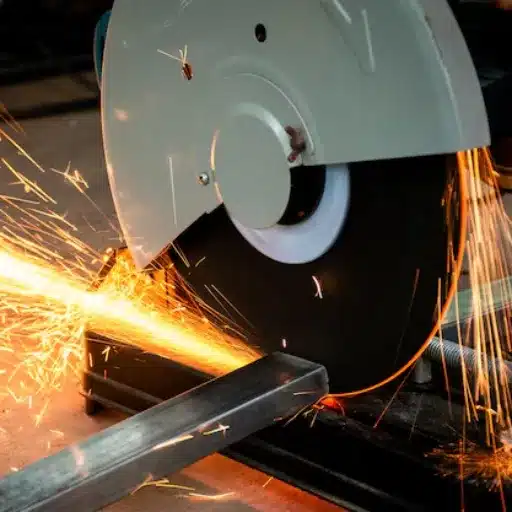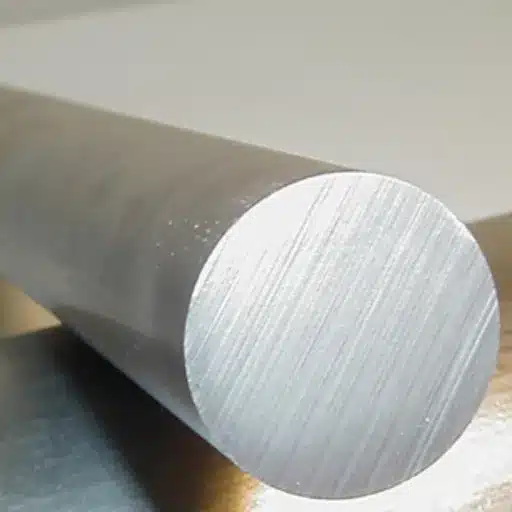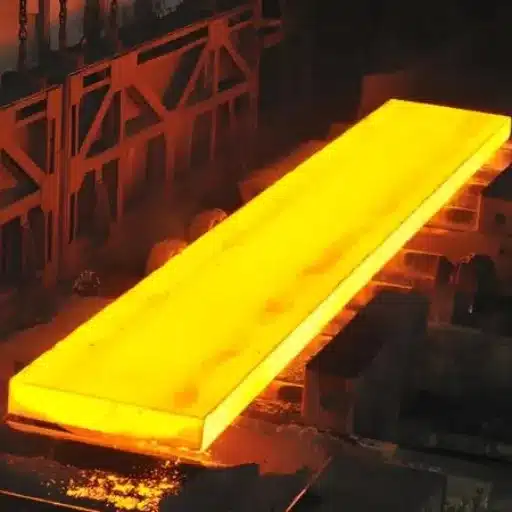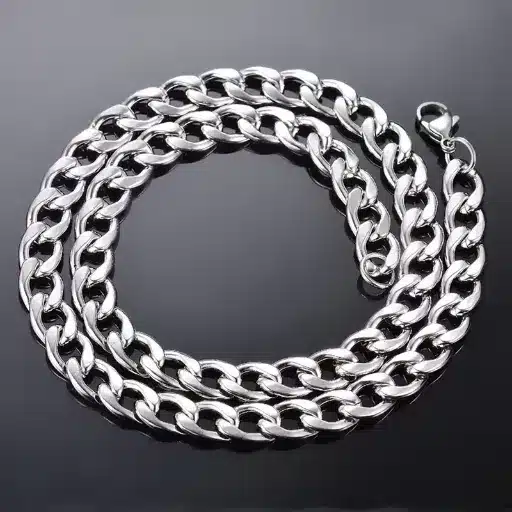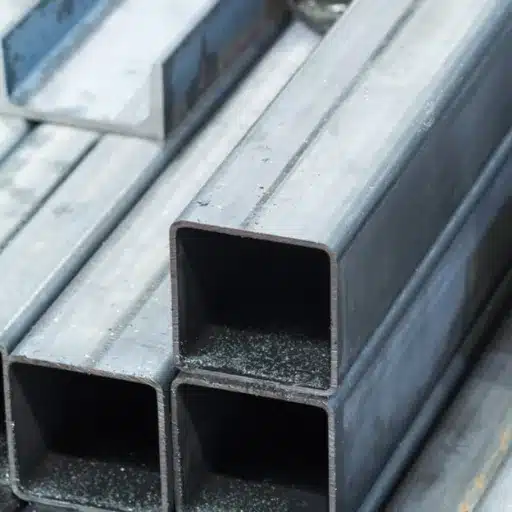The HC460LA type of High-Strength Low-Alloy (HSLA) steel sheets has ushered in a new era in the automotive industry, offering an unusual combination of strength, durability, and lightweight properties. With growing demands for vehicles to be fuel-efficient and environmentally friendly, manufacturers seek materials that can perform under rigorous conditions while being unencumbered by excess weight. This article continues to discuss the unique properties and benefits of HC460LA sheets, their applications in automotive design and safety, and why they have become a preferred choice for new vehicle engineering. Suppose you are an industry person or just interested in advanced materials. In that case, this set of guidelines promises to give you a few valuable insights on the application of HSLA steel in the modern automotive world.
Overview of HSLA HC460LA Steel
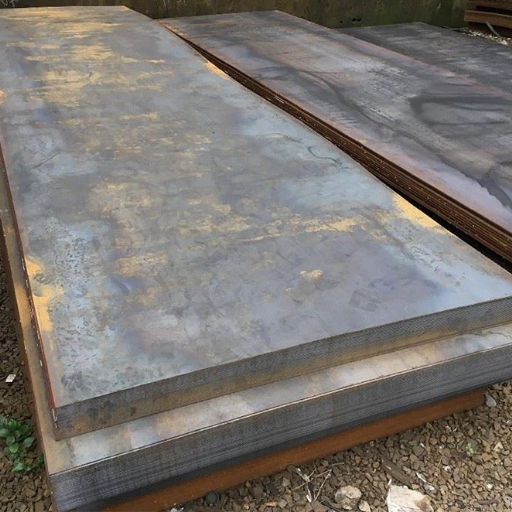
HSLA HC460LA steel, being a high-strength, low-alloy variant, is meant solely for automotive-related applications. It is the balance of strength and ductility that allows it to serve as an excellent material in the creation of lightweight yet durable components for vehicles. The high tensile strength of this steel ensures the integrity of any structure, while the higher formability allows for easy manufacturing of the new design. This material also meets the stringent safety and performance standards that are being introduced in modern vehicle designs. This material, in turn, helps keep the vehicle lightweight, which contributes to good fuel efficiency and excellent crash safety standards.
What is HSLA HC460LA Steel?
HSLA HC460LA steel is a type of high-strength, low-alloy steel specifically designed for automotive applications, offering excellent strength, ductility, and lightweight construction efficiency for vehicles.
Key Attributes of HSLA HC460LA Sheets
- Great Strength: HSLA HC460LA sheets can assure tensile strength-related properties for structural and load-bearing applications in the automotive industry. It typically has a minimum yield strength of 460 MPa, which allows it to withstand stress.
- Superior Formability: It offers high ductility, enabling the easy formation of complex shapes and designs during the manufacturing process while retaining its structural integrity.
- Light Construction: The super-strengthening properties, combined with thin-gauge capabilities, discourage weight buildup, which enhances fuel efficiency.
- Crashworthiness: HSLA HC460LA sheets are designed to absorb impact energy during collisions, thereby improving the safety of the vehicle and its passengers.
- Corrosion Resistance: The treated surface and special alloy composition prevent rusting and degradation from the environment, ensuring long-term viability and maintenance-free operation.
Dimensions Range: 0.7mm-2.5mm
Upon examining the data from these materials, it appears that they yield suitable conditions for advanced automotive and industrial applications, compared to their predecessors.
Mechanical Properties of HSLA HC460LA Sheets
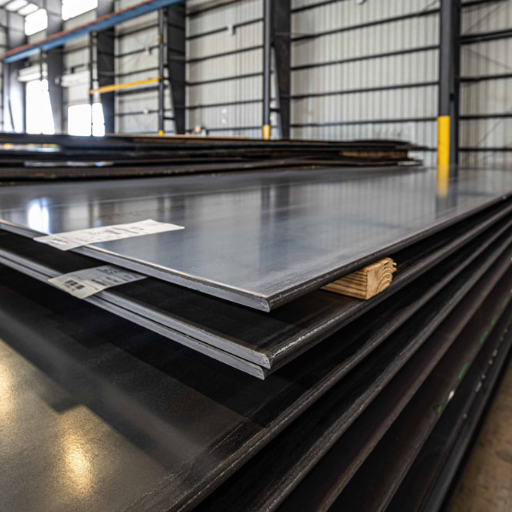
With higher tensile strength and better formability as key attributes, HSLA HC460LA sheets are highly regarded. A tensile strength of about 460 MPa and a high yield strength are well suited to withstanding extreme conditions in essential applications. The sheets still exhibit some elongation properties that enable them to undergo a significant change in shape before rupture occurs. The balanced mechanical properties account for the material’s durable nature that maintains its performance level in diverse industrial and automotive applications.
Factors Affecting Steel’s Mechanical Properties
The engineering properties of steels are influenced by their composition, heat treatment, and manufacturing methods. Essential factors to consider are tensile strength, yield strength, ductility, and hardness. Tensile strength measures the uppermost load that steel may resist without rupture, typically around 400 MPa for mild varieties and over 1,400 MPa for high-strength ones. Yield strength measures the force that steel can withstand before permanent deformation occurs, ranging from approximately 200 MPa to 1,200 MPa, depending on the alloy and treatment applied.
Ductility is characterized by elongation, typically within the range of 10% to 30%, which allows steel to be cast or bent without fracturing. Hardness, on the other hand, is determined by wear resistance using either the Rockwell or Vickers scale and varies widely among grades, ranging from a relatively soft structural steel to a hard tool steel. Automotive-grade advanced high-strength steels (AHSS) typically exhibit tensile strengths ranging from 980 MPa to 1,180 MPa, combined with sufficient ductility to enable the design of lightweight yet durable structures.
Latest Innovations Enhancing Performance
Metallurgy advancements have taken place, with nanostructured steel and multi-phase steels being examples that further enhance the strength-to-weight ratio and formability. As a third-generation material, AHSS has been developed to maintain good strength and ductility for structural usage purposes, with tensile strengths exceeding 1,200 MPa. Custom steels with a higher alloy content, such as chromium, nickel, and/or vanadium, are well-suited for aerospace and marine applications, offering enhanced corrosion resistance and fatigue strength in various environments.
These traits and developments truly display steel’s versatility and, consequently, enthrall it into further utilization across industries requiring a measure of high strength, flexibility, and endurance.
Comparison with Other Steel Grades
| Parameter | HSLA HC460LA | Other HSLA Grades | Carbon Steel |
|---|---|---|---|
| Yield Strength (MPa) | 460-580 | 210-700+ | 250-400 |
| Tensile Strength (MPa) | 520-680 | 310-950+ | 400-550 |
| Ductility (%) | 15-16 | 11-31 | 20-30 |
| Alloy Content | Low | Low | High |
| Weldability | Excellent | Excellent | Moderate |
| Corrosion Resistance | Moderate | Moderate to High | Low |
| Weight Reduction | Up to 30% | Up to 30% | Minimal |
| Applications | Automotive, Structural | Automotive, Structural | General Construction |
| Cost Efficiency | High | High | Moderate |
| Formability | Good | Good | Excellent |
Weldability of HSLA HC460LA Steel
HSLA HC460LA steel is engineered with excellent weldability properties, making it a suitable choice for structural and automotive applications. Its chemical composition and physical properties enable welding to be carried out with a minimal risk of cracking or weld defects. The following are more detailed factors and data concerning its weldability:
- Low Carbon Content
- The carbon content of HSLA HC460LA steel is low, typically ranging from 0.05% to 0.12%, which prevents carbide precipitation during welding and contributes to good weld quality.
- High Heat-Affected Zone (HAZ) Toughness
- Due to advanced alloying and microstructure control, the material exhibits reasonably good toughness in the heat-affected zone, thereby eliminating the possibility of brittle failure during its service life.
- Excellent Compatibility with Various Welding Methods
- It allows the use of welding processes such as MIG, TIG, and resistance spot welding so that the steel can be worked in different ways.
- Preheating Requirements
- Preheating is usually not required under ordinary conditions due to its low carbon equivalent, thus simplifying welding operations and preparation time.
- Slight Probability of Hydrogen-Induced Cracking
- Thus, controlled alloying elements reduce sensitivity to hydrogen-induced cracking, making weld joints rugged and dependable.
From the above, we understand that HSLA HC460LA steel is ideal for applications where strong and efficient welds are required while maintaining the structure’s integrity.
Chemical Composition of HSLA HC460LA Steel
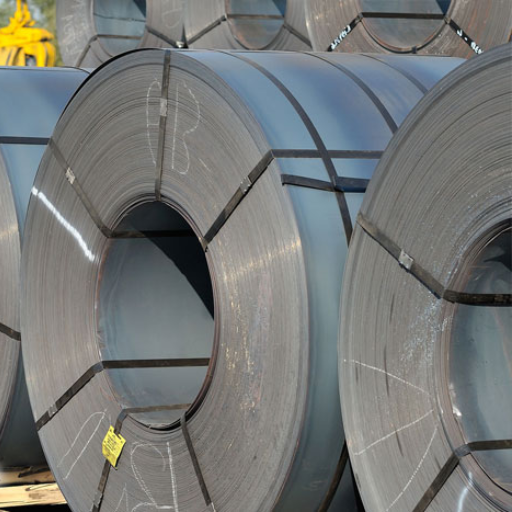
The chemical composition of HSLA HC460LA steel is carefully balanced to achieve a balance of strength, weldability, and ductility. The typical composition includes:
- Carbon (C)-`~0.08% max`;
- Manganese (Mn)-`~1.5% max`;
- Silicon (Si)-`~0.50% max`;
- Phosphorus (P)-`~0.025% max`;
- Sulfur (S)-`~0.015% max`;
- Nitrogen (N)-` Controlled for toughening`;
- Microalloying Elements (Titanium, Niobium, Vanadium, etc.)-` Used in small quantities for strength and grain refinement`;
Against this combination, the most efficient combination of mechanical properties, good weldability, and durability is obtained in HSLA HC460LA steel.
Components of HSLA HC460LA Chemical Composition
| Component | Maximum Percentage (%) | Key Notes |
|---|---|---|
| Carbon (C) | 0.15 | Enhances strength, reduces ductility |
| Silicon (Si) | 0.6 | Improves strength, aids deoxidation |
| Manganese (Mn) | 1.7 | Increases toughness and strength |
| Phosphorus (P) | 0.03 | Should be minimized for weldability |
| Sulfur (S) | 0.025 | Should be minimized for toughness |
| Aluminum (Al) | ≥ 0.015 | Acts as a deoxidizer |
| Titanium (Ti) | 0.15 | Refines grain size, adds strength |
| Niobium (Nb) | 0.10 | Enhances precipitation hardening |
| Copper (Cu) | 0.2 | Improves corrosion resistance |
Impact of Chemical Composition on Performance
Chemical composition variations in steel HSLA HC460LA directly affect its mechanical properties and, therefore, its suitability in various processes. Each element in the composition intervenes to introduce properties that enable the steel to perform under extremely demanding conditions. Some of the critical effects of chemical composition on performance are:
- Strength Enhancement (Microalloying Elements):
Microalloying elements such as Titanium, Niobium, and Vanadium contribute to a substantial increase of yield strength and tensile strength due to grain refinement and precipitation hardening. This ensures the steel performs in highly stressed conditions.
- Weldability (Low Carbon Content):
The controlled low-carbon content prevents susceptibility to HAZ cracking during welding, thus providing excellent weldability to the steel.
- Toughness (Nitrogen Control):
Nitrogen is carefully controlled to specific levels to ensure high toughness in HSLA HC460LA steel, thereby optimizing performance in terms of impact resistance and resistance to brittle fractures at low temperatures.
- Corrosion Resistance (Phosphorus and Sulfur Limits):
Owing to the minimization of phosphorus and sulfur, the corrosion resistance is enhanced and internal defects are minimized, resulting in greater durability of the material under various environments.
- Ductility (Balanced Manganese Content):
Manganese tends to improve ductility, allowing the steel to undergo considerable deformation without losing its inherent structural strength. This is a vital property while considering processes of forming and shaping.
All these ensure that the HSLA HC460LA steel becomes a partner in strength and toughness versatility for various industrial applications.
Analysis of Steel Chemical Composition Standards
The evaluation of the chemical composition of steel is of utmost importance as it ensures the performance, quality, and applicability of various steel grades across different industrial sectors. The standards stipulate limits for carbon, manganese, sulfur, phosphorus, and alloying additions, depending on the end use and mechanical properties of the material. Detailed descriptions of the principal elements and their functions are presented below concerning international standards such as ASTM, EN, and ISO:
- Carbon (C):
Carbon is a paramount element that confers hardness and strength on steel. The carbon content in HSLA steels, such as HC460LA, is typically held low (≤0.12% by weight) to facilitate welding and improve ductility.
- Manganese (Mn):
Used as a deoxidizer, manganese increases the hardness of the steel but retains ductility. The standards often specify a manganese content between 1.0% and 1.6%. Higher manganese levels will increase wear resistance while maintaining the steel’s toughness.
- Phosphorus (P) and Sulfur (S):
Impurities are generally controlled at low levels because they accelerate brittleness, thus affecting toughness and steel weldability. Phosphorus levels, generally, are given as <=0.03% while sulfur is kept at less than 0.015% to avoid problems like brittleness or cracking.
- Silicon (Si):
Silicon performs the function of a deoxidizer in the smelting process and thus enhances the quality of the steel surface. The silicon content is generally limited to 0.1–0.5, depending on the standard.
- Microalloying Elements (Nb, Ti, V):
Small additions of microalloying elements, such as niobium (Nb), titanium (Ti), and vanadium (V) (typically less than 0.2%), provide grain refinement and precipitation hardening, thereby enhancing both strength and toughness. For HSLA grades, these elements enable the material to be both light and strong.
- Chromium (Cr), Nickel (Ni), Molybdenum (Mo):
Sometimes, these alloying elements are present in trace amounts to provide corrosion resistance, wear resistance, and improved mechanical properties, especially for certain marine or industrial applications.
Data Overview from Industry Standards
An example specification of HSLA HC460LA steel composition, based on EN 10149-2 and relevant industrial standards:
| Element | Content Range (%) | Purpose |
|---|---|---|
| Carbon (C) | ≤ 0.12 | Ensures weldability and ductility |
| Manganese (Mn) | 1.2 – 1.6 | Balances strength and toughness |
| Phosphorus (P) | ≤ 0.03 | Reduces brittleness |
| Sulfur (S) | ≤ 0.015 | Prevents cracking |
| Silicon (Si) | 0.1 – 0.5 | Improves surface quality |
| Niobium (Nb) | ≤ 0.09 | Grain refinement |
| Titanium (Ti) | ≤ 0.15 | Enhances ductility and toughness |
These strict compositional ranges ensure the steel’s mechanical performance and meet the production requirements for cutting, forming, or welding.
By observing chemical composition criteria, manufacturers and engineers preserve the steel’s application under quality and reliability standards in automotive, construction, and other demanding areas. Standards are regularly revised to incorporate the latest technological developments and new performance requirements.
Applications of HSLA HC460LA Sheets in the Automotive Industry
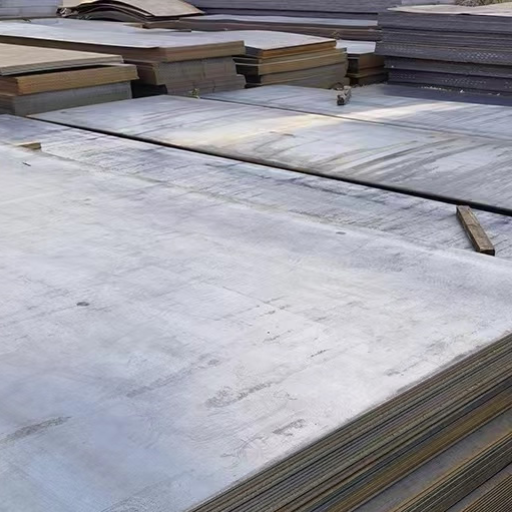
With a blend of very high strength and lightweight, HSLAHC460LA sheets find their application in the automotive industry. These sheets are primarily used in structural components, such as chassis frames and reinforcement parts, where maximum durability is a key consideration. High formability and weldability enable them to handle complex designs, ensuring safety and performance while contributing to vehicle weight reduction and, of course, improved fuel efficiency.
Use in Automotive Structural Parts
The high-strength steel sheets are always key automotive structural parts because they provide various layers of durability and lightweight properties. On the positive side, they enhance safety and performance. At the same time, on the downside, reducing vehicle weight to ensure better fuel efficiency is beneficial for good applications of chassis frameworks and floor reinforcements.
Advantages of Using HSLA HC460LA in Automotive Manufacturing
High Strength-to-Weight
HSLA HC460LA has the highest strength, but its weights remain lower compared to traditional steel types; hence, it finds its use in the making of lightweight vehicles that comply with stringent safety standards.
Improved Formability
The excellent formability of this metal enables the manufacture of complex shapes and designs without compromising its structural integrity, making it suitable for forward-looking automotive components.
Corrosion Resistance
HC460LA HSLA has superior corrosion resistance, enabling automotive components to have a long life even under harsh environmental conditions, thus lowering maintenance cost for the consumer.
Factors That Improve Fuel Efficiency
Vehicle weight reduction is achieved using a lighter material, such as HSLA HC460LA; consequently, the reduction in vehicle weight improves fuel consumption and reduces greenhouse gas emissions, which favors environmental concerns.
Affordable Price
HSLA HC460LA also offers a competitive price while giving acceptable standards of performance, which are necessary considerations in the automotive market.
Examples of Products Made from HSLA HC460LA Sheets
| Product | Application | Key Features |
|---|---|---|
| Chassis Components | Automotive structural frames | High strength, lightweight |
| Side Impact Beams | Vehicle safety structures | Crash resistance, durability |
| Floor Reinforcements | Automotive underbody | Load-bearing, rigidity |
| Roof Reinforcements | Vehicle roof structures | Enhanced protection, lightweight |
| Door Panels | Automotive doors | Formability, strength |
| Subframes | Vehicle suspension systems | Fatigue resistance, weight reduction |
| Industrial Panels | Machinery and equipment | Long-lasting, high-strength |
| Structural Beams | Construction and modular systems | High load capacity, lightweight |
Sourcing and Handling HSLA HC460LA Sheets
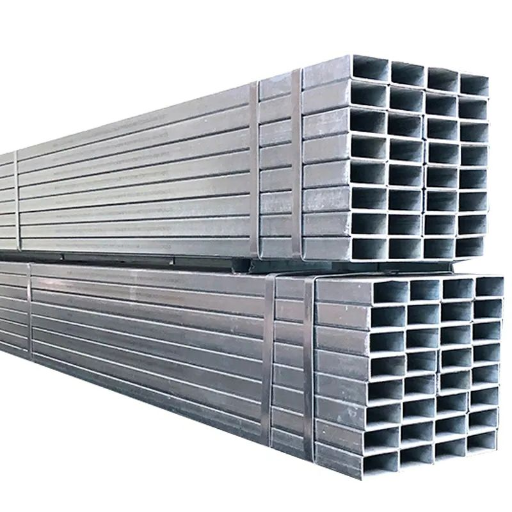
The sheets HSLA HC460LA can be sourced from reputable steel manufacturers and suppliers specializing in high-strength, low-alloy materials. In sourcing, it is essential to ensure that the material meets all relevant industry standards and specifications to guarantee proper performance. The handling of sheets requires adequate handling equipment and care, as highly stressed sheets can be damaged during cutting or forming. Manufacturers and distributors will issue a series of handling instructions to ensure the safe handling of the product.
Tips for Sourcing Steel Coils and Sheets
- Check and Apply for Supplier Certifications
Always obtain materials from reliable suppliers certified for their quality by accredited bodies, such as ISO 9001, under whose guidance providers can adhere to properly established standards. Materials obtained from certified sources generally are reliable and comply with the specifications laid down.
- Assess Material Specifications
Steel coils and sheets should conform to the grade, thickness, and alloy composition required for your particular application. Insist on material test reports (MTRs) to verify what specifications the supplier has provided.
- Evaluate Prices and Discounts for Volume Purchase
Pricing must be compared to that of competitors, and discounted rates for bulk purchases should also be requested. If a price is anomalously low, it may indicate that the items supplied do not meet quality standards or are substandard.
- Check Suppliers for Delivery and Logistics Facilities
Choose suppliers that can ship their goods promptly with minimal risk during handling and processing. They should also be able to arrange for packaging that prevents damage in transit.
- Request Samples
Samples can be requested to test one’s working properties beforehand to avoid surgical orders. Ensure that the coils or sheets are suitable in terms of expected quality and working properties to avoid gross errors in projects.
Best Practices for Handling HSLA HC460LA Steel
Correct handling of HSLA HC460LA steel is almost required to maintain the satisfactory mechanical characteristics of the material and maximize performance in manufacturing processes. Here are some good practices:
- Storage and Environment Control
HC460LA steel must be stored in a clean and dry environment. Even an exposure to moisture and contaminants will lead to rust and corrosion. This process would eventually weaken the steel’s structure. Using a protective covering or applying a coating to the steel is another recommended option, especially if the material is stored outside.
- Cutting and Machining
HC460LA steel design provides high strength and superb formability. Tools and cutting parameters specifically designed for high-strength alloys should be used when cutting and machining these materials. HSS or carbide-tipped blades are highly effective and cause minimal wear.
- Formability Considerations
A very conspicuous characteristic of HC460LA is the excellent formability and stretch-flangeability. This also makes it possible for complex forming operations such as deep drawing or bending to be carried out. During forming, to avoid cracking or fracturing, tools and dies should be in good condition and properly lubricated.
- Welding Techniques
When welding HSLA HC460LA steel, the type of welding should be chosen among MIG, TIG Welding, or spot welding, depending on the application’s needs. If thicker sections are involved, preheating should be considered to reduce the likelihood of cracking. Furthermore, low-hydrogen or specially formulated filler materials will enhance higher weld integrity and lower porosity.
- Stress Relief and Thermal Treatment
The microstructure and mechanical properties of the material are preserved in all operations with minimal heat input. When necessary, stress-relief annealing may be performed after fabrication on a case-by-case basis, depending on the specific project requirements. Check industry guides so that you do not over-temper your product.
- Routine Quality Testing
Conduct inspections using NDT methods, such as ultrasound or radiography, to detect any defects or inclusions that may have developed during handling or production. Meet the tensile yield strength specifications for HC460LA, which typically has a tensile strength of approximately 460 MPa and a yield strength of about 340 MPa, as stated in the material datasheets.
- In Compliance with Standards
Follow standards such as EN 10149-2 or its equivalent to ensure the material is processed and handled by industry standards. Proper certification and regular quality audits will contribute to maintaining compliance and high performance.
Adhering to the best practices outlined above will ensure maximized performance, sturdiness, and reliability in manufacturing and accommodating HSLA HC460LA steel into various applications, ranging from automotive parts to heavy machinery components.
Storage Considerations for Steel Products
| Key Point | Details |
|---|---|
| Clean and Dry Environment | Prevent rust and contamination by avoiding moisture and dirt. |
| Proper Ventilation | Ensure airflow to reduce humidity and harmful gases. |
| Temperature Control | Maintain stable temperatures to avoid material expansion. |
| Elevation from Ground | Use pallets or racks to prevent moisture absorption. |
| Protective Coatings | Apply oil or rust inhibitors to prevent corrosion. |
| Avoid Contaminants | Keep away from corrosive materials like acids and salts. |
| Regular Inspections | Check for rust, damage, and contamination regularly. |
| Proper Stacking | Use supports to prevent bending or warping. |
| Cover Materials | Use tarpaulins or plastic to shield from weather. |
| Material Segregation | Separate different steel types to avoid contact corrosion. |
References
- HC460LA – Cold rolled micro-alloyed steel
This source provides detailed information on the alloy composition and mechanical properties of HC460LA steel.
Visit the website - Material Behavior of High-Strength Low-Alloy Steel (HSLA)
A research paper from MDPI explores the material behavior of HSLA steels, including sheet materials.
Access the paper - B20 – HSLA-High Strength Low Alloy steels – Industry
An authoritative source from ArcelorMittal discusses the applications and properties of HSLA steels.
Explore the catalog
Frequently Asked Questions (FAQ)
What are the mechanical properties of the HC460LA steel coil?
HC460LA steel coil is known for its high yield strength and formability, making it suitable for various applications, particularly in the automotive industry. The mechanical properties include excellent fatigue resistance and low-alloy characteristics, which enhance its performance in load-bearing structures.
What is the chemical composition of HC460LA steel?
The chemical composition of HC460LA steel typically includes carbon, manganese, and trace amounts of other elements. These components contribute to its high-strength, low-alloy properties, ensuring durability and resistance to corrosion in automotive parts and other structural applications.
How are HC460LA cold-rolled sheets manufactured?
HC460LA cold-rolled sheets are manufactured through a process that involves rolling the steel at room temperature. This method enhances the material’s surface finish and mechanical properties, making it particularly suitable for applications that require precision and high quality.
What are the dimensions range for HC460LA steel sheets?
The dimensions range for HC460LA steel sheets varies based on the specific requirements of the application. Generally, these sheets are available in various thicknesses and widths, providing versatility for use in different automotive and structural applications.
What are the key attributes of steel products made from HC460LA?
Steel products made from HC460LA exhibit key attributes, including high strength, excellent formability, and good fatigue resistance. These qualities make them particularly suitable for use in automotive parts and load-bearing structures, where durability and performance are critical.
How does welding affect the properties of HC460LA steel?
Welding can significantly affect the mechanical properties of HC460LA steel. Proper welding parameters and techniques must be employed to maintain the integrity of the material. HC460LA is designed to work well with various welding methods, ensuring that the final welded blanks retain their strength and performance characteristics.
What are the applications of HC460LA cold-rolled steel coils?
HC460LA cold-rolled steel coils are widely used in the automotive industry for manufacturing chassis and other components. Their high-strength and low-alloy properties make them ideal for creating welded blanks and other structural elements that require durability and resistance to degradation.
Can HC460LA steel be used for hot-dip galvanizing?
Yes, HC460LA steel can be used for hot-dip galvanizing. The process provides an improved surface finish and enhanced corrosion resistance, making it suitable for applications where the steel will be exposed to harsh environments, such as in the automotive and construction industries.

